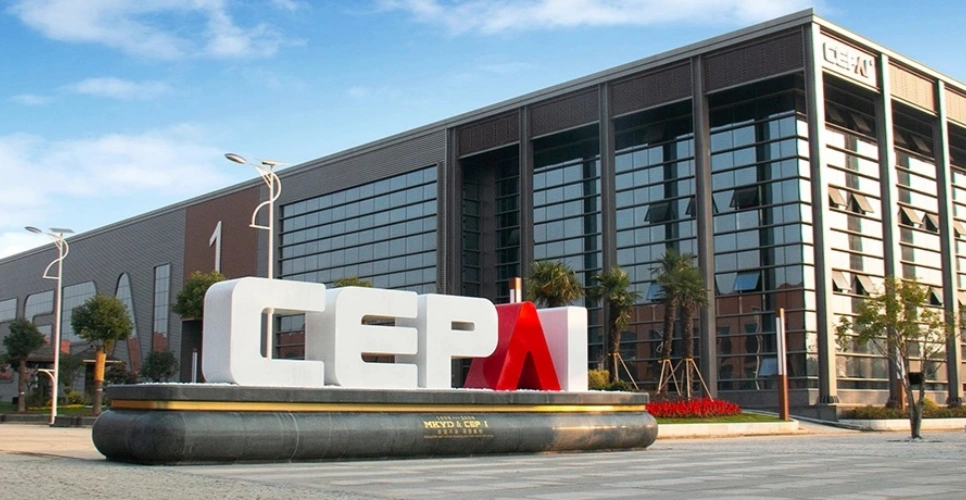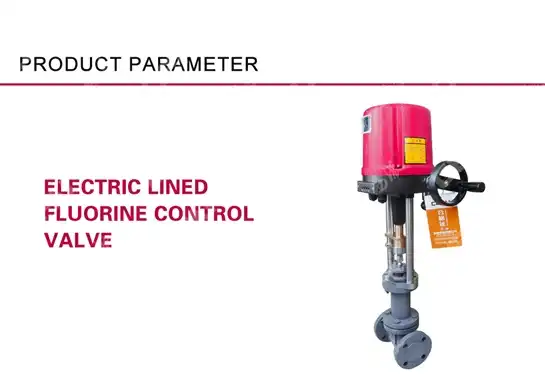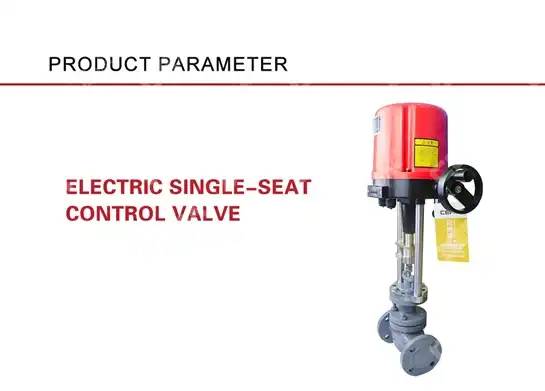Control valve clamor decrease speaks to a basic challenge in present day mechanical offices, where over the top acoustic outflows can disturb operations, abuse administrative guidelines, and compromise laborer security. Viable commotion relief through vital plan approaches, legitimate fabric choice, and progressed designing procedures empowers offices to accomplish calmer operation whereas keeping up ideal prepare execution. Mechanical engineers and office directors progressively recognize that executing comprehensive commotion control methodologies amid the beginning plan stage demonstrates distant more cost-effective than retrofitting existing frameworks later.
Understanding Control Valve Noise Sources
Understanding control valve commotion is crucial to selecting and planning calmer frameworks. Clamor basically begins from turbulence, cavitation, and weight drops that make seriously speed changes inside the valve body. These wonders produce acoustic vitality that engenders through both the channeling framework and encompassing environment. The essential components driving valve clamor incorporate streamlined turbulence in gas applications, cavitation in fluid frameworks, and mechanical vibrations from valve components. Streamlined commotion happens when high-velocity gas streams make weight vacillations and vortex shedding. Cavitation clamor creates when fluid weight drops underneath vapor weight, shaping and collapsing bubbles that deliver seriously acoustic pulses. Mechanical clamor sources include actuator operation, stem development, and body vibrations transmitted through mounting associations. Electric actuators working with 4-20mADC control signals can create unmistakable electromagnetic impedances designs that influence in general framework acoustics. Temperature varieties, especially in low-temperature applications extending from -60℃ to -20℃, can compound fabric push and increment vibration-induced clamor levels.
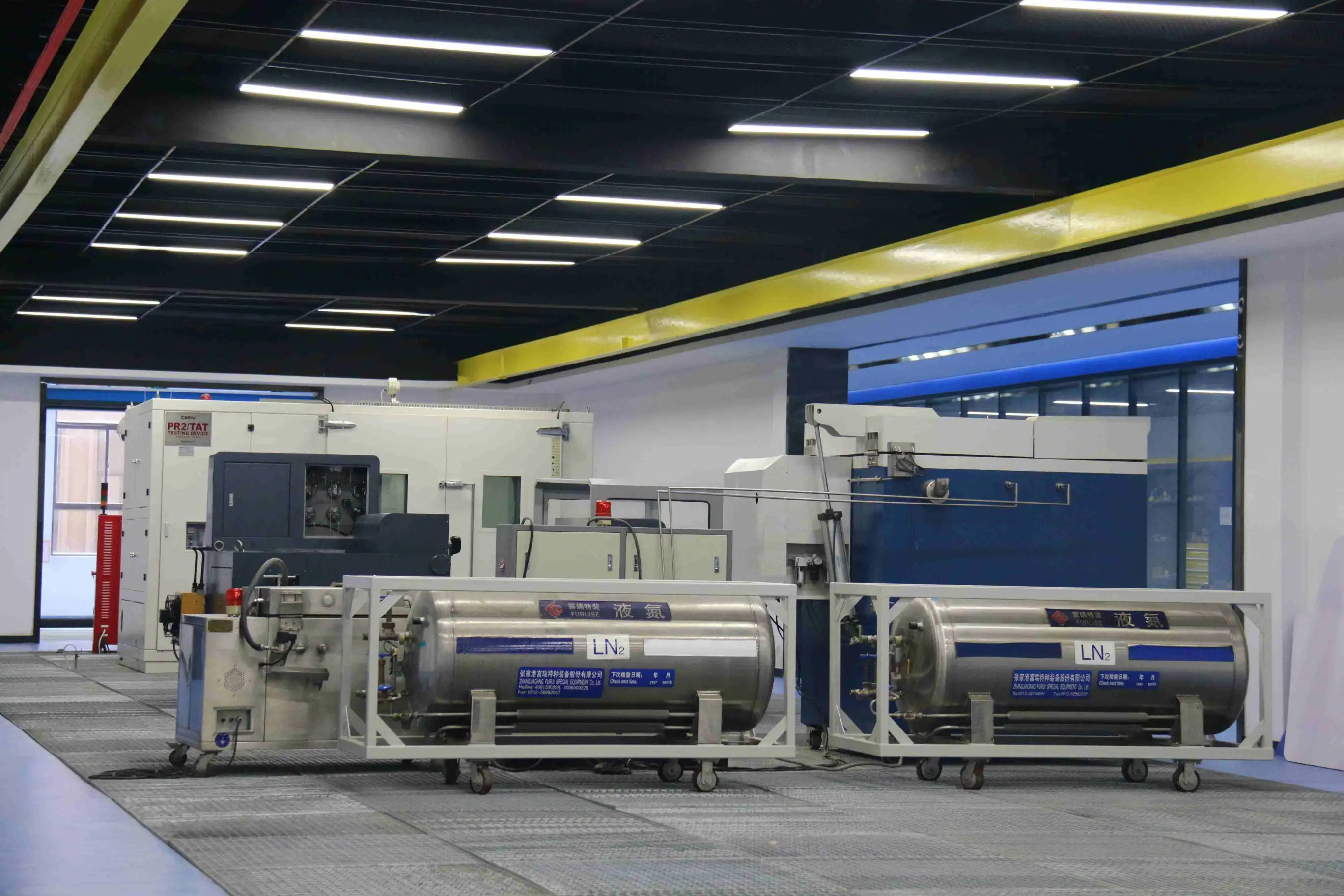
Key Design Principles for Noise Reduction
Effective clamor decrease starts with choosing the suitable valve sort and body plan custom-made to operational requests. Globe valves ordinarily emanate more clamor due to stream characteristics, though rotational or butterfly valves can be calmer if appropriately connected. The choice handle must consider stream medium properties, whether gas, water, or oil, as each presents special acoustic challenges. Strategic plan approaches center on controlling stream speeds and minimizing turbulence through specialized trim arrangements. Weight adjust spools, commonly utilized in CEPAI's electric low-temperature directing valves, give smoother stream control with diminished clamor era. These components include ostensible distances across from DN15-400mm, obliging different framework necessities whereas keeping up acoustic performance. Material determination plays a vital part in vibration retention and resistance to wear. Stainless steel grades counting 304, 316, and 316L offer amazing strength and acoustic properties. Body materials such as WCB, CF8, and CF8M give auxiliary judgment whereas minimizing reverberation frequencies that intensify commotion transmission. Proper measuring guided by stream characteristics avoids cavitation and mitigates commotion era. Rise to rate and straight alteration characteristics empower exact stream tweak, diminishing the probability of unsteady stream conditions that create over the top clamor. This approach guarantees ideal execution over working ranges from 0-90 degrees to 0-180 degrees opening positions.
Advanced Techniques and Technologies for Noise Mitigation
Advanced commotion relief utilizes modern building approaches for Control Valve applications that address both acoustic generation and transmission pathways. Advanced valve plans coordinated specialized trim geometries that break up coherent stream structures capable for tonal clamor components. Here are the core technologies driving effective noise control:
- Acoustic Insulation Systems: Silencers, mufflers, and thermal blankets physically block sound transmission from valve assemblies. These components prove particularly effective in high-pressure applications where ANSI 150, 300, and 600 class ratings generate significant acoustic energy.
- Smart Actuator Technologies: Electric actuators with 220V or 380V power supplies enable precise positioning control through 4-20mA or 0-10V signals, reducing mechanical noise from hunting and overshooting behaviors commonly seen in pneumatic systems.
- Computational Modeling: CFD analysis predicts flow-induced noise patterns during design phases, allowing engineers to optimize trim configurations before manufacturing. This approach reduces development costs while ensuring acoustic performance targets.
- Multi-Stage Pressure Reduction: Gradual pressure drops through multiple restriction points minimize the velocity increases that generate high-frequency noise components in gas service applications.
These technologies collectively enhance noise control beyond conventional methods, driving quieter, safer, and more compliant industrial processes. Integration of multiple approaches often yields synergistic benefits that exceed individual component contributions.
Practical Case Studies: Real-World Noise Reduction Successes
Real-world applications outline the adequacy of commotion decrease techniques over different mechanical situations. Chemical preparing offices have accomplished noteworthy acoustic enhancements through focused on valve determination and framework optimization approaches. A petrochemical plant encountering clamor levels surpassing 85 dBA actualized specialized low-temperature control valves with amplified valve covers planned for -40℃ to -196℃ benefit. The weight adjust spool plan combined with adaptable graphite pressing diminished commotion outflows by 15 dBA whereas keeping up exact stream control. The ANSI B16.104 Lesson VI spillage execution guaranteed natural compliance nearby acoustic improvements. Power era offices advantage from comprehensive commotion administration procedures that address both essential and auxiliary acoustic sources. Execution of electric actuators with position input frameworks dispensed with pneumatic debilitate commotion whereas making strides reaction precision. The 4-20mADC control signals empowered integration with disseminated control frameworks, giving farther checking capabilities that upgraded operational efficiency. Oil and gas handling establishments illustrate the significance of fabric choice in extraordinary benefit conditions. Valves built with CF8M bodies and 316L inner components stand up to erosion whereas minimizing acoustic transmission through basic pathways. Jolt squeezing sort organs with PTFE pressing frameworks give solid fixing without the mechanical clamor related with elective designs.
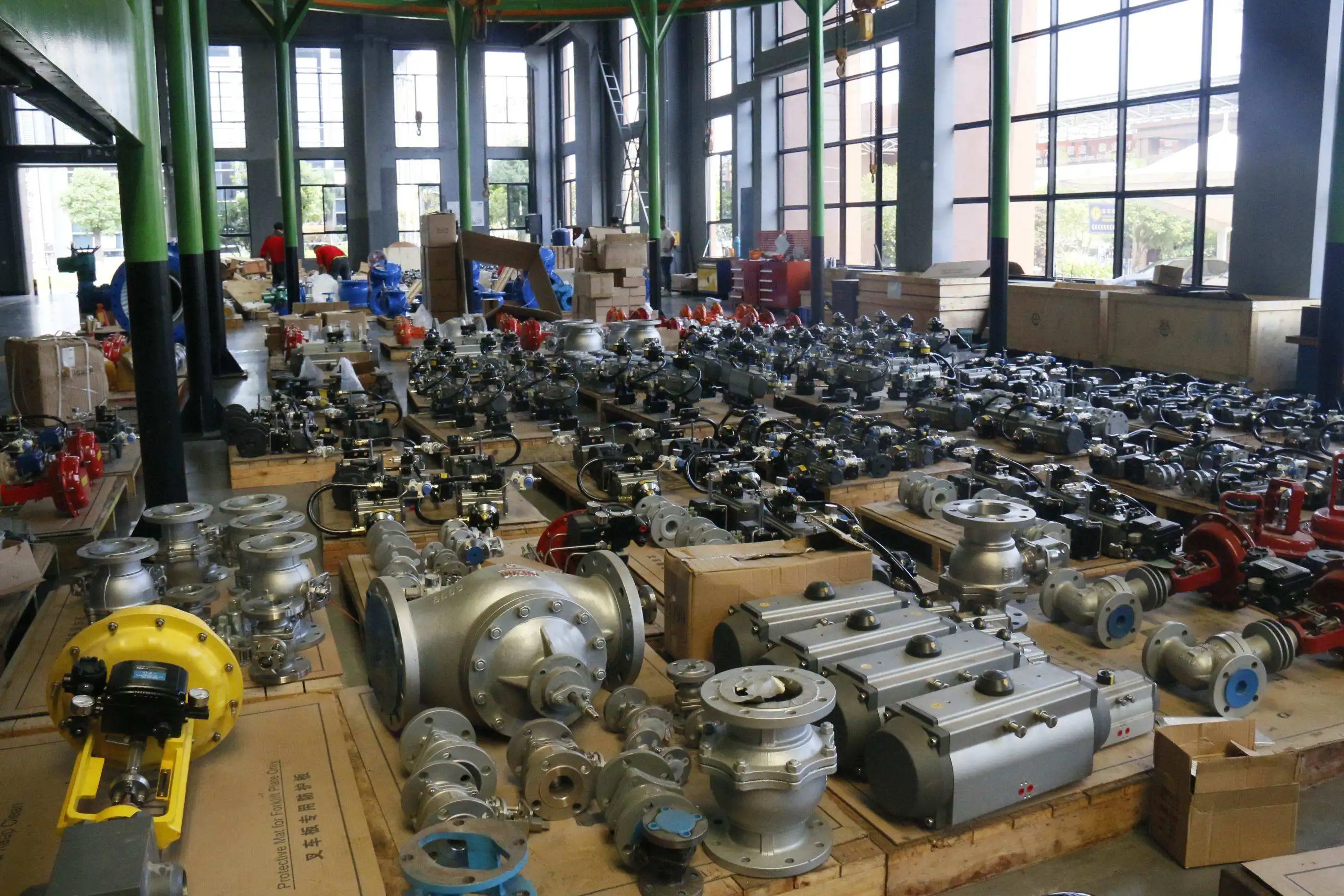
Maintenance and Troubleshooting for Sustained Noise Control
Sustaining commotion decrease requires precise review conventions that identify wear, disintegration, and seating flaws some time recently they cause acoustic issues. Normal observing makes a difference recognize early-stage issues that might raise into critical clamor sources if cleared out unaddressed. Effective upkeep methodologies include both mechanical and electronic components in present day valve frameworks. Electric actuators require intermittent calibration to keep up precise situating, avoiding the overshooting behaviors that produce affect commotion. Flag judgment confirmation guarantees 4-20mA control circles work inside detail, maintaining a strategic distance from sporadic valve development patterns. Common noise-related disappointments incorporate trim disintegration, situate spillage, and pressing debasement. These conditions modify stream designs and make unused acoustic era instruments. Proactive substitution of adaptable graphite pressing and PTFE seals keeps up both fixing astuteness and acoustic execution all through benefit life. Temperature cycling in low-temperature applications places extra push on valve components, possibly influencing acoustic execution over time. Amplified sort valve covers outlined for extraordinary temperature benefit offer assistance confine warm impacts whereas keeping up auxiliary astuteness. Customary warm imaging overviews can recognize hot spots or warm bridges that show creating problems.
Conclusion
Effective control valve noise reduction requires a comprehensive approach that addresses acoustic generation mechanisms, transmission pathways, and long-term maintenance strategies. Strategic selection of valve types, materials, and actuator technologies enables significant noise improvements while maintaining operational reliability. Modern electric low-temperature control valves offer particular advantages through precise positioning control and elimination of pneumatic noise sources. Success depends on understanding application-specific requirements and implementing proven engineering solutions that deliver measurable acoustic performance improvements across diverse industrial environments.
Partner with CEPAI for Advanced Control Valve Solutions
CEPAI stands as a trusted control valve producer, specializing in noise-reduction arrangements custom fitted for complex handle control situations. Our comprehensive item extend incorporates progressed electric low-temperature directing valves prepared with noise-reducing trims and materials optimized for different mechanical applications from gas and water to oil service. Our skill stems from over a decade of advancement in valve innovation, sponsored by different inquire about centers and CNAS broadly recognized research facilities. The shrewdly fabricating capabilities traversing six workshops empower us to convey customized arrangements that meet particular acoustic execution prerequisites whereas keeping up extraordinary reliability. Key points of interest of collaborating with CEPAI include:
- Proven Technology: Our pressure balance spool designs and specialized trim configurations deliver measurable noise reduction across diverse operating conditions, from low-temperature cryogenic service to high-pressure gas applications.
- Quality Assurance: ISO 9001, ISO 14001, and ISO 45001 certifications ensure consistent manufacturing quality, while API and CE certifications validate international compliance standards for global markets.
- Technical Support: Our engineering teams provide comprehensive pre-sales consultation, customized solution development, and ongoing technical support throughout product lifecycles.
- Manufacturing Excellence: Advanced intelligent production lines deliver precision manufacturing with strict quality control, ensuring every valve meets specified acoustic and performance requirements.
These capabilities enable us to address the most challenging noise control applications while providing the reliability and performance that modern industrial facilities demand. Our commitment to continuous innovation ensures access to the latest noise reduction technologies. Ready to implement effective noise reduction in your facility? Contact us at cepai@cepai.com for expert consultation on optimizing control valve acoustic performance. Our experienced engineers can evaluate your specific requirements and recommend tailored solutions that deliver measurable noise reduction while maintaining operational efficiency.
Frequently Asked Questions
Q1: What causes excessive noise in control valve systems?
A: Excessive noise typically results from high-velocity flow conditions, cavitation in liquid applications, or aerodynamic turbulence in gas service. Improper valve sizing, worn trim components, or inadequate pressure drop management can exacerbate these conditions. Electric actuators with poor signal integrity may also contribute through erratic positioning behaviors.
Q2: How do electric low-temperature control valves reduce noise compared to pneumatic alternatives?
A: Electric actuators eliminate pneumatic exhaust noise and provide more precise positioning control through 4-20mA or 0-10V signals. The smooth, controlled movement reduces mechanical impact noise while maintaining accurate flow modulation. Temperature compensation in the -60℃ to -20℃ range ensures consistent performance without acoustic degradation.
Q3: Can existing valve systems be retrofitted for better noise control?
A: Many systems benefit from targeted retrofits including specialized trim upgrades, actuator replacements, or acoustic insulation additions. However, fundamental design limitations may require complete valve replacement for optimal results. Professional acoustic assessment helps determine the most cost-effective approach for each application.
Q4: What maintenance practices help sustain noise reduction performance?
A: Regular inspection of trim components, packing systems, and actuator calibration maintains acoustic performance. Monitoring for cavitation damage, erosion patterns, and seal integrity prevents degradation that increases noise levels. Thermal cycling awareness in low-temperature applications helps predict maintenance intervals for optimal acoustic control.
References
1. Smith, J.R. and Johnson, M.K. "Acoustic Performance of Industrial Control Valves: Design Principles and Measurement Techniques." Journal of Process Control Engineering, Vol. 45, No. 3, 2023, pp. 234-251.
2. Anderson, P.L. "Cavitation-Induced Noise in Liquid Control Systems: Prevention and Mitigation Strategies." Industrial Valve Technology Quarterly, Vol. 28, No. 2, 2023, pp. 67-89.
3. Chen, W.H. and Roberts, D.A. "Low-Temperature Valve Applications: Thermal Effects on Acoustic Performance." Cryogenic Engineering Review, Vol. 19, No. 4, 2022, pp. 156-173.
4. Thompson, K.S. "Electric vs. Pneumatic Actuators: Comparative Noise Analysis in Process Control Applications." Automation and Control Systems Magazine, Vol. 31, No. 1, 2023, pp. 45-62.
5. Williams, R.M. "CFD Modeling of Flow-Induced Noise in Globe Valve Geometries." Computational Fluid Dynamics in Industrial Applications, Vol. 12, No. 6, 2022, pp. 298-315.
6. Davis, L.K. and Martinez, S.A. "Maintenance Strategies for Noise Control in Industrial Valve Systems." Plant Maintenance and Reliability Journal, Vol. 22, No. 8, 2023, pp. 123-140.

